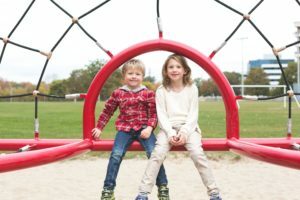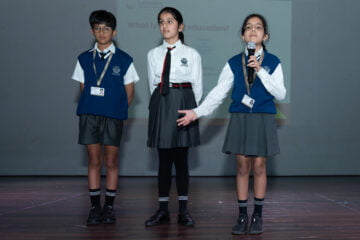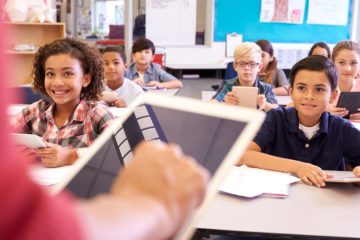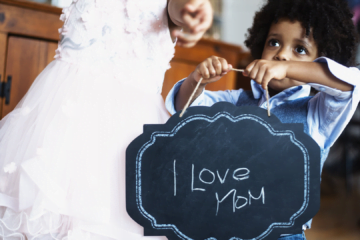Students should be able to reflect on learning, bringing it into their context and gaining insight into themselves and their interactions with the world around them. When students reflect on their learning, it has the potential to make a significant impact on their lives and futures.
When reflecting, students of top international schools in Gurgaon should ask themselves questions like “What is the most important thing I learned?” or “How did this topic make me feel?” and write their responses in a journal. They can also talk about what they are grateful for during that lesson. It’s never too late to start improving this reflective process.

International schools
One way to inject it into student’s day-to-day routine is by making a habit of reflecting on what they were thankful for during the school day, every night before bedtime. It can be as simple as writing down three things that made them happy and grateful about their day before going to sleep or giving themselves time to reflect before bedtime.
People do not learn from experience, but instead, learn from reflecting on the experience (Dewey, 1933). Dewey elaborated on the relationship between experience and learning in his book Experience and Education (1938). Reflection is an integral element of experiential education as it helps cement the connection made by the students between what they experience and the learning intention. Without noting the connection of the learning, we may not truly ascertain if learning occurred.
Reflection includes a reconstruction of experience, making meaningful connections to prior learning, testing the new learning and making decisions on how to apply the new learning into real-life applications. David Kolb (1984) described a cycle of reflection that begins with a concrete experience that leads to reflective observation. This then leads to abstract conceptualisation, application or active experimentation.
We have used the What? So What? Now What? model (Borton, 1970) in the primary classes at Lancers International School, a top international school in Gurgaon and have been seeing the value of this reflection model in extending the experience of the students.
To illustrate this, a science lesson on energy transformation begins with a provocation activity where students jogged in place. They soon noted that they were able to jog in place as they raise their feet. The teacher then presented the class with the learning intention and students shared their prior knowledge. The class were grouped into various centres that explored examples of energy transformation. As the students moved from one activity centre to the next, they noted their experiences and the children were able to see how energy is transformed in addition to how it helps people work better.
At the end of the lesson, the class reflected using Borton’s model.
- What? Describe the nature of the experience, the learner’s role, observations and reactions. Sample teacher questions, “What did we learn today? What did you do to learn about energy transformations? What did you thought and expected at the beginning and what is different now? What was your reaction? What did you learn?”
- So What? Explain the value or relevance of the experience and your interpretations. Sample teacher questions, “Why did we learn this? Why is it important to our day-to-day lives? How is energy impacting human lives?”
- Now What? Share the impact of learning in the future. Sample teacher questions, “What are you going to do as a result of our learning today? What will you do differently now? How will you apply what you have learnt at home/at school? How would you approach this experience next time it happens again?”
Since we work with second language learners, they also needed support through scaffolding and modelling. Teachers can place sentence stems on anchor charts in the classroom to help the students reflect and share more as they progress in their learning.
I do feel that reflective practices in top international schools in Gurgaon brings about self-knowledge and supports future learning. Students who can visualise what they know; can share the value of what they understand, and can apply it in context, are reflective learners who can make an impact in the future.
References
- Borton, T. (1970). Reach, touch, and teach. Student concerns and process education.
- Borton’s model of reflection. (2019, September 28). John Dabell. https://johndabell.
com/2018/08/05/models-of- reflection/#:~:text=One% 20such%20model%20is%20called, a%20framework%20for% 20reflective%20practice - Dewey, J. (1938). Experience and education. New York: Macmillan.
- Kolb, D. A. (1984). Experiential learning: Experience as the source of learning and development. Englewood Cliffs, NJ: Prentice Hall.


